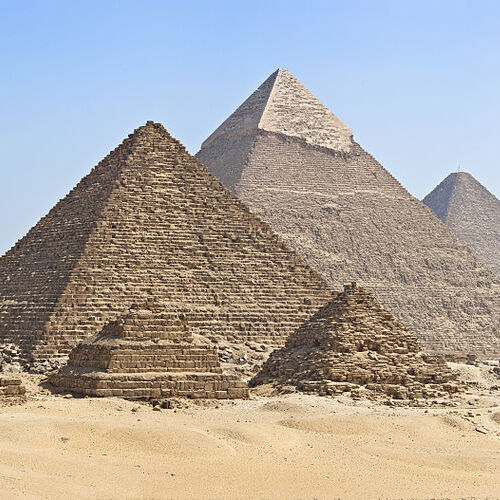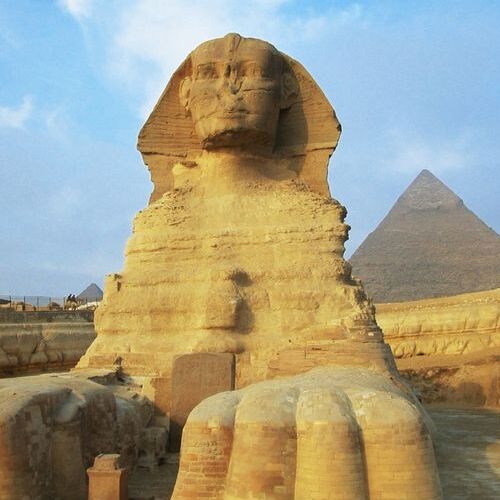No other nation in the world says ‘Welcome’ as often as the Egyptians, and every time, they mean it. While the ancient civilization of Egypt continues to amaze, contemporary Egyptians are equally remarkable.
Abusir Pyramid Of Khentkawes
The Pyramid of Khentkawes at Abusir: A Forgotten Queen's Legacy
The Pyramid of Khentkawes at Abusir is a fascinating, yet often overlooked, part of Egypt’s rich tapestry of royal tombs and pyramids. Khentkawes, believed to be a queen from the 5th Dynasty, holds a unique position in Egyptian history, and her pyramid complex at Abusir reflects her importance, both in life and in the afterlife.
Khentkawes was either the wife or daughter of a pharaoh, with some historians suggesting she was the mother of a king, possibly Nyuserre, a ruler of the 5th Dynasty. Her role is significant because she was a link between two important dynasties in ancient Egypt’s Old Kingdom. What sets Khentkawes apart is the title she held, often translated as “Mother of Two Kings” or “King of Upper and Lower Egypt”, suggesting a unique status that may have combined royal and quasi-divine qualities.
The pyramid itself, while smaller than the grand monuments of Giza, is part of a complex that includes a pyramid, a temple, and a causeway. The pyramid, now largely a ruin, once stood proudly among the pyramids of Abusir, a necropolis just south of Giza known for its cluster of pyramids and mastabas belonging to the 5th Dynasty. Though time has not been kind to the Pyramid of Khentkawes, the remains still give us a glimpse into the architectural innovations and religious significance of this period.
The complex at Abusir shares many similarities with other pyramids of the era, particularly in its layout. The pyramid itself was constructed from limestone and was surrounded by a mortuary temple, where offerings would have been made to the queen to ensure her continued existence in the afterlife. The causeway, which once connected the pyramid to the Nile Valley, would have been used for transporting the queen’s body during her burial and for religious processions.
One of the most intriguing aspects of Khentkawes’ pyramid is her mortuary temple, which, although now in ruins, offers clues about the importance of her cult in the 5th Dynasty. Inscriptions and fragments of statues found at the site suggest that she was worshipped not only as a royal figure but also as a divine entity, much like the pharaohs she was related to. Her titles inscribed on the walls reflect her elevated status, which may have included responsibilities typically reserved for kings.
The Abusir necropolis, where Khentkawes’ pyramid is located, itself is a quieter, less-visited counterpart to Giza and Saqqara, but it holds immense historical importance. The site is dotted with the pyramids of other 5th Dynasty pharaohs, such as Sahure, Neferirkare, and Neferefre, who are all closely connected to the same royal family. These rulers expanded the power and prestige of Egypt’s Old Kingdom, and the Abusir pyramids reflect their innovations in religious architecture and pyramid construction.
For visitors, the Pyramid of Khentkawes offers a chance to explore an ancient site that feels more intimate and less crowded than the larger pyramids to the north. The site’s remote atmosphere allows for quiet reflection on the grandeur of Egypt’s ancient past and the powerful individuals, like Khentkawes, who shaped its history.
While the Pyramid of Khentkawes may not be as well-preserved or as famous as the pyramids of Giza, its historical significance, combined with its serene location at Abusir, makes it an important piece of Egypt’s royal and religious legacy. The site represents not only the queen’s unique role in the Egyptian royal lineage but also the evolving nature of pyramid construction and funerary practices during the 5th Dynasty.
GIZATravel Guide



